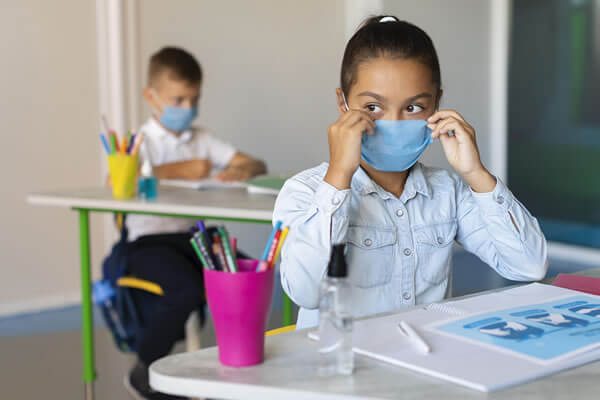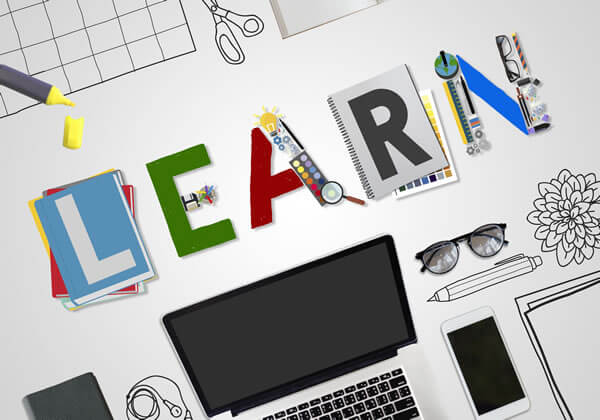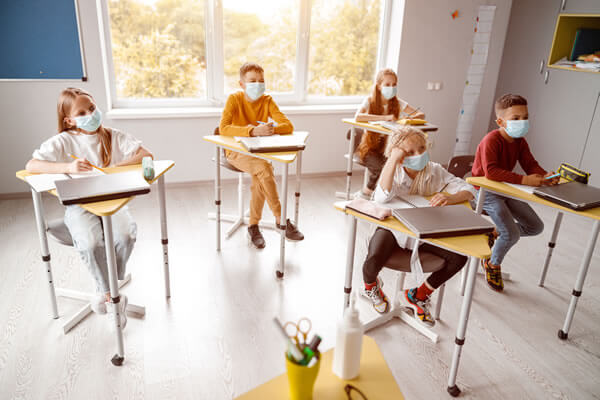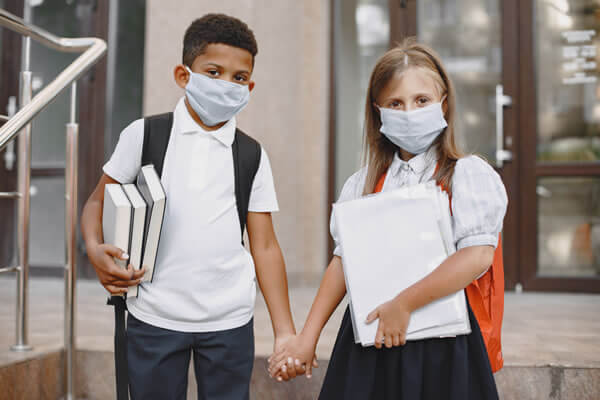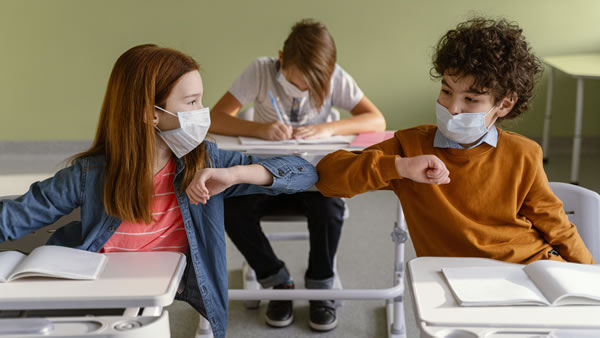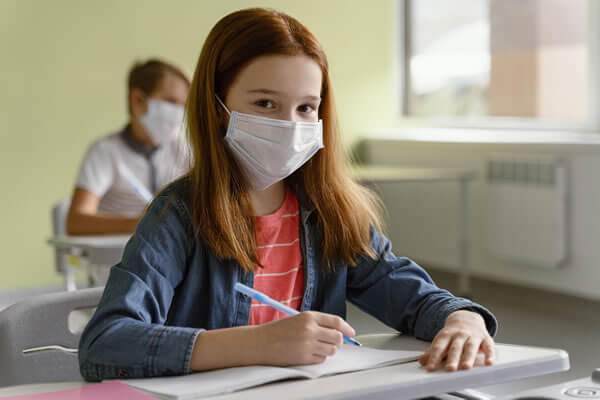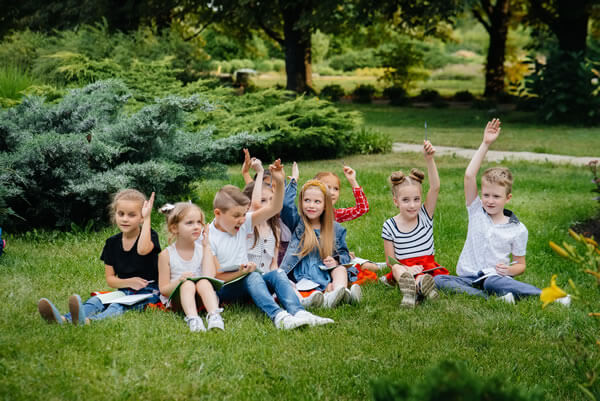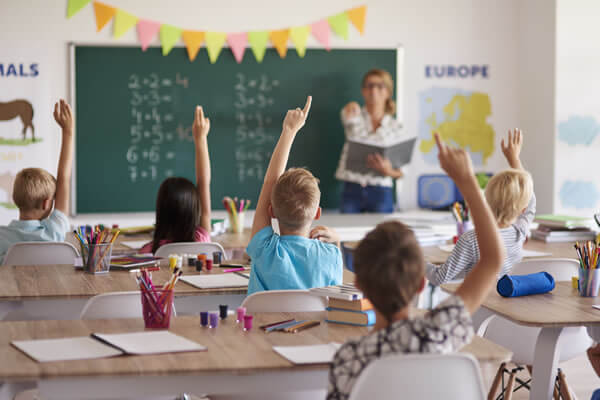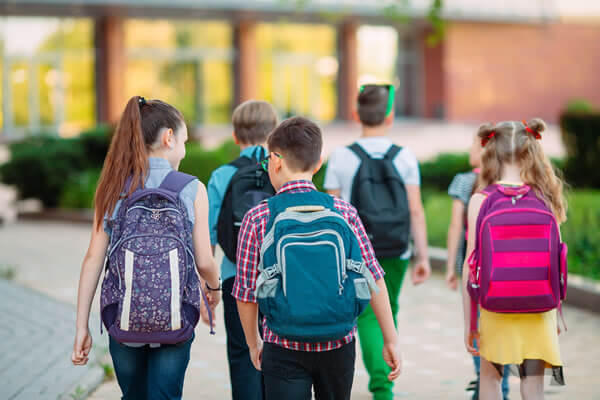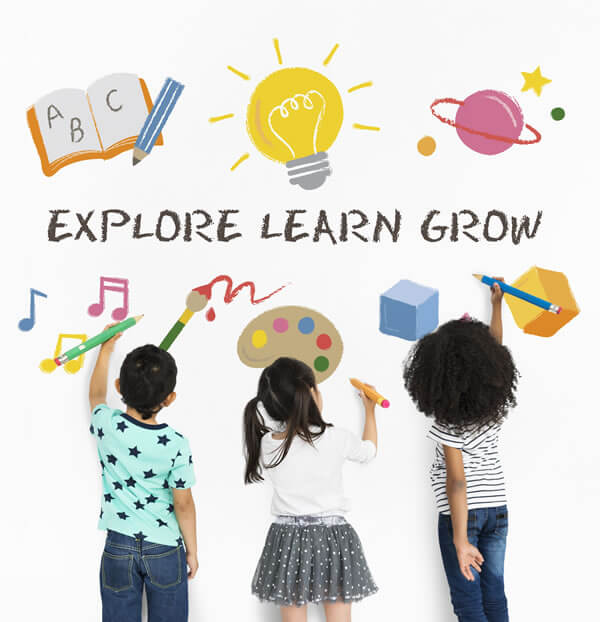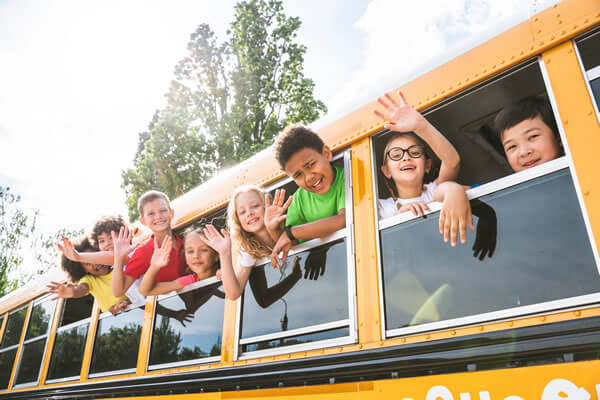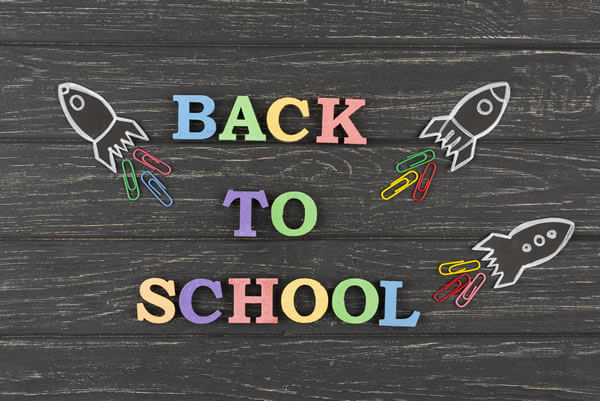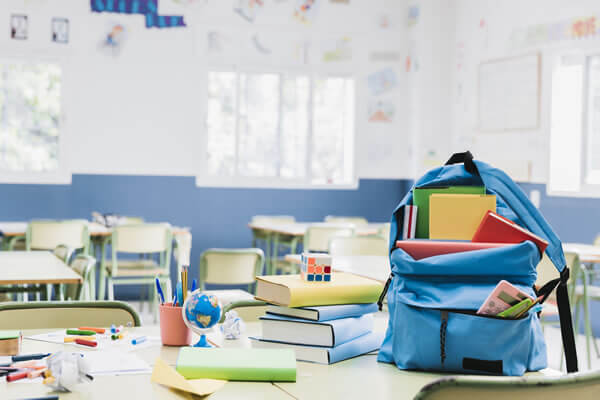How to Support Our Children During This Not Quite Normal School Year
Our children are back in school, and everything’s great, right? Yes and no. Sure, there are plenty of positives to being in school again – our children can access academic material better, receive more personalized and direct instruction, form and maintain better connections, and they are less distracted. However, while research has shown that children learn more when they are in school, the return to school has been problematic for many.
In my opinion, the protracted changes, adjustments, and uncertainties of COVID-19 have been, and continue to be, the main emotional impediment to our children’s success as students. There’s a process of attrition to any system and the restrictions (e.g., wearing a mask all day) and other in school modifications and inconveniences have certainly been wearing on our children. Analogous to pounding a car over and over again with a hammer where it will eventually break down or not start, the same applies to the human mind. With COVID-19, our children have had to absorb hammer hit after hammer hit, and after a year and a half of hits, the engine, isn’t running as smoothly as it once did.
Children and teens, unlike adults, don’t possess the internal resources to fully manage their negative emotions during a crisis, which is why research has shown significantly higher rates of all sorts of mental health and learning struggles for them now. As a child psychologist in private practice, I’ve seen firsthand the significantly higher rates of mental health struggles that have been reported this past year and a half for our children – increased depression, anxiety, self-harm, substance use, as well as various behavioral problems. Moreover, the topic of peer-to-peer negativity and physical fighting at school has come up a lot with the children I treat. The current popular “Devious Licks” Tic Toc Challenge where students are damaging and stealing things from school bathrooms is arguably an example of this. I am aware of a challenge that involved a student punching another student from behind in a school bathroom and then running away. And one only needs to turn on the news these days to see adults fighting on airplanes and in various other public settings or on-line in such disheartening ways.
So, how as parents can we best support our children this school year, especially when it doesn’t appear that the omnipresent hammer hits of COVID-19 will be going away any time soon?
Foster A Positive Mindset. Research studies have repeatedly shown a strong link between positive thinking and emotional and physical wellbeing for children. Positive thinking can lead to increased grit/resilience, enhanced creativity, improved problem-solving skills, increased focus and concentration, greater achievement and stronger relationships. Being positive, however, doesn’t mean being happy all the time; but, even during struggles or adversities, it’s always a good thing to help your child to focus on the good. Explaining your values and morals, inquiring about positive experiences, encouraging, praising positive moments and/or outcomes and motivating, are just a few ways parents can help their child take on a more positive mindset.
Volunteer. Helping others less fortunate or those in need increases your child’s altruism and gratitude, as well as communication and social skills. Running or walking a 5K for a good cause, tutoring younger students, participating in a neighborhood cleanup, working at an animal shelter, serving the homeless, are a few ways children can give back on their own or with their families and head into a new school week with purpose and positivity.
Model positivity. Our children learn, in large part, from what they observe us do as parents. Developmentally, they internalize our statements and behaviors in forming their own burgeoning identities. So, if you want your child to be positive, you as a parent need to practice what you preach. Modelling positivity, however, doesn’t mean protecting your children from the curve balls of life. Age appropriately, I encourage parents to acknowledge and discuss their own negative situations and feelings with their children when they arise. Discussing your problems toward a more positive or productive solution or outcome can give your child the emotional space to safely practice with conflict-resolution moments, which in turn will serve to increase their own problem solving and emotional resilience.
Help your child set and achieve goals. Setting goals will help your child attain greater confidence and personal mastery, which will in turn lead to increased positivity. For children, I am a huge fan of the WOOP (Wish, Outcome, Obstacle and Plan) strategy, developed by academic psychologist, Dr. Gabriele Oettingen. The strategy involves mental contrasting with implementing intentions. So, for example, if your child wishes to join a club at school as a goal but is anxious about it, you could ask him to visualize the outcome of that goal. How would he feel? What would that look like? Once he’s done that, you could then ask him to identify the obstacles that he will need to overcome to achieve the goal. After that, you could ask him to come up with a plan to overcome those obstacles. What will he do when the obstacles present themselves? Visualizing, planning, and practicing in this structured way will help your child achieve goals, which again, will in turn lead to his having a more confident, positive sense of self in the world.
Make yourself available. While most children are happy to be back in school, the stressors of COVID-19 are present for them daily. Parents should keep in mind that younger children don’t often have the insight and self-awareness to talk about what’s troubling them, and even older children who do, can still struggle with discussing their problems openly. Thus, our children need us as parents to be available now more than ever. Being available can involve discussions around a social, academic or emotional problem your child might experience at school. Being present can also mean spending quality time together — having meals together, planning vacations together, reviewing schoolwork together, playing board games or video games together, doing chores together, watching a family show or movie together, doing arts and crafts or projects together, exercising together, volunteering together, or going for walks together are just a few ways parents can be more available.
We keep hearing that COVID-19 won’t last forever, but the ongoing changes, adjustments and uncertainties continue to be stressful for our children at school and beyond. As parents, it’s my hope that fostering a positive mindset, volunteering, modelling positivity, helping your child set and achieve goals, and making yourself available will altogether support your child toward a positive and productive, but not quite normal, school year.
